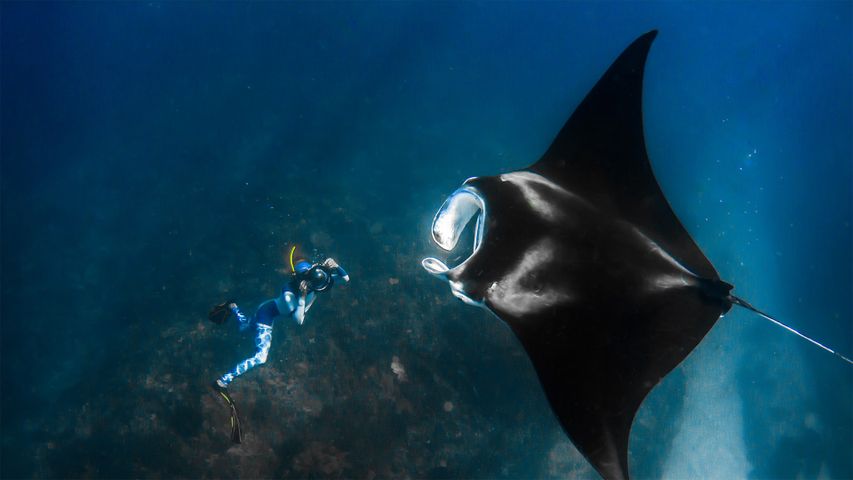Solar Impulse 2 flying over the pyramids in Giza, Egypt
© Jean Revillard/Solar Impulse2 via Getty Image
A flight to remember. National Aviation Day
In the summer of 2016, an experimental solar-powered airplane called Solar Impulse 2 completed a 26,000-mile multi-stage trip around the world without using a single drop of jet fuel. The remarkable feat took longer than a year and made the slow-flying plane part of aviation history. We are remembering this seminal flight today to mark National Aviation Day, established in 1939 by President Franklin Roosevelt as a day to celebrate the advancement of flight. August 19 was chosen because it is the birthdate of Orville Wright, who in 1903, with his brother Wilbur Wright, became the first to achieve powered, controlled flight on the hills of Kitty Hawk on North Carolina's Outer Banks.
Solar Impulse 2 was the second aircraft built by Swiss aviators André Borschberg and Bertrand Piccard. Borschberg is an engineer by training, Piccard a psychiatrist and balloonist who copiloted the first balloon to fly around the world nonstop. The pair took turns piloting the aircraft, which can carry only one person, on a multi-leg, 16-month flight around the world that started and ended in Abu Dhabi in the United Arab Emirates.
This image was taken during the final leg from Egypt to Abu Dhabi as Solar Impulse 2 flew over the Great Pyramids of Giza. The superlight plane was powered by thousands of solar cells mounted atop its fuselage and jumbo-jet sized wings. Batteries stored energy so it could fly at night. The going was slow by the standards of modern jet travel—Solar Impulse 2 flew at an average speed of 50 mph. Clearly, solar-powered flight on a commercial scale is still many years away, but as this photo shows, its Kitty Hawk moment is in the books.
Related Images
Bing Today Images
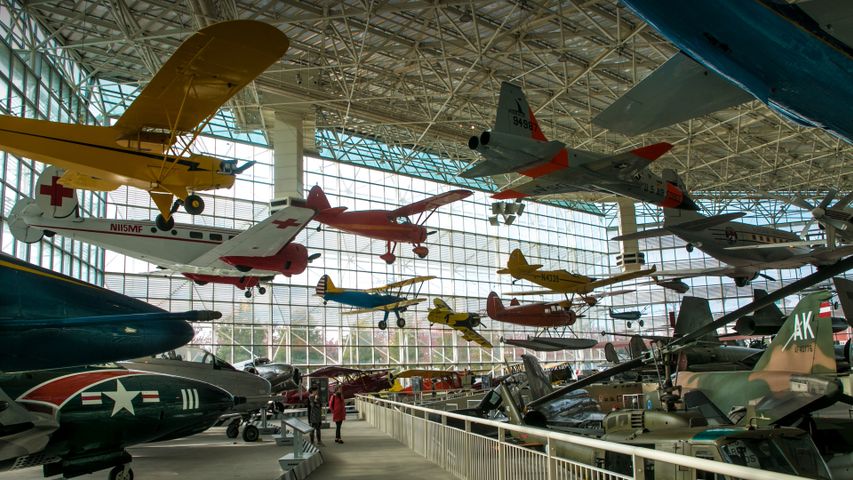


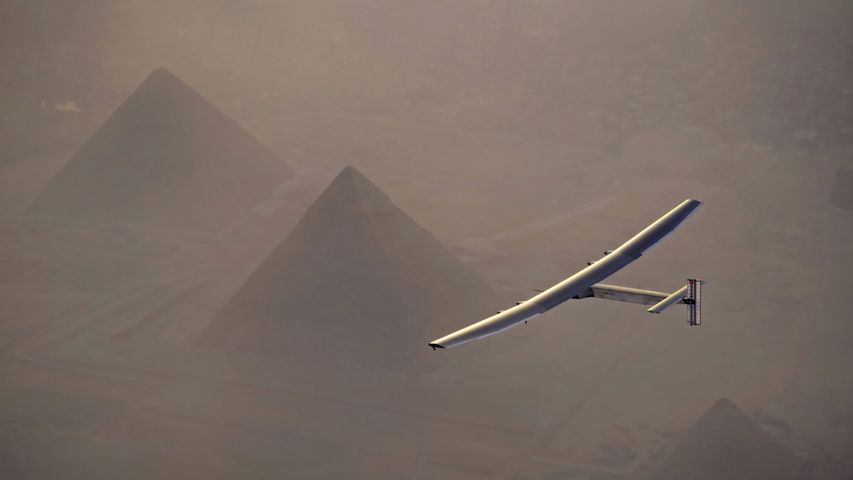
 Hot air balloons in Cappadocia, Türkiye
Hot air balloons in Cappadocia, Türkiye
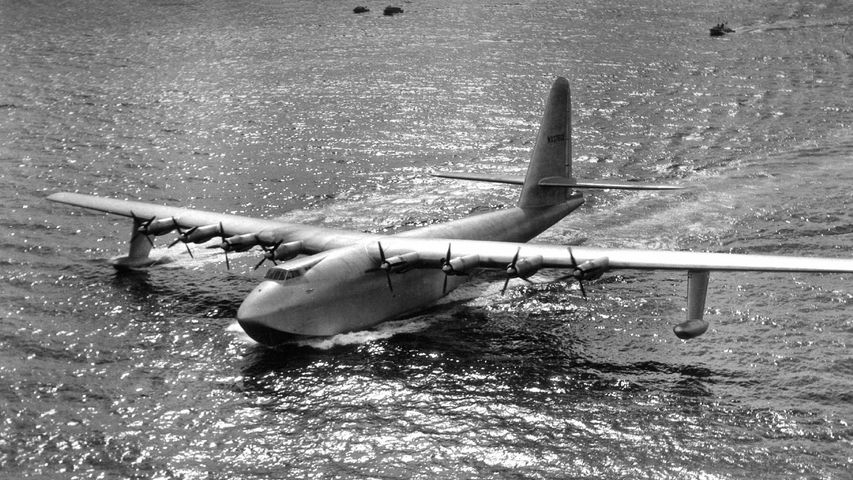 The Hughes H-4 Hercules, aka the Spruce Goose, November 1947, Long Beach Harbor, California
The Hughes H-4 Hercules, aka the Spruce Goose, November 1947, Long Beach Harbor, California
 Hot air balloons at the Albuquerque International Balloon Fiesta in Albuquerque, New Mexico
Hot air balloons at the Albuquerque International Balloon Fiesta in Albuquerque, New Mexico
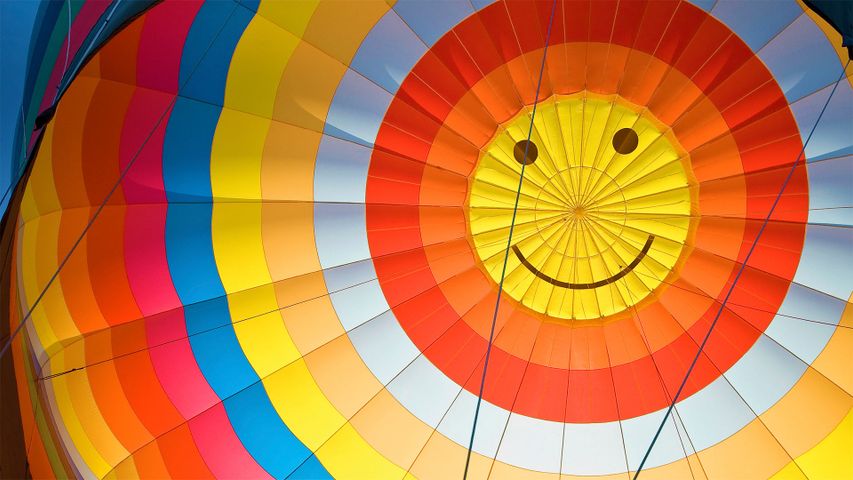 Happy hot air balloon
Happy hot air balloon
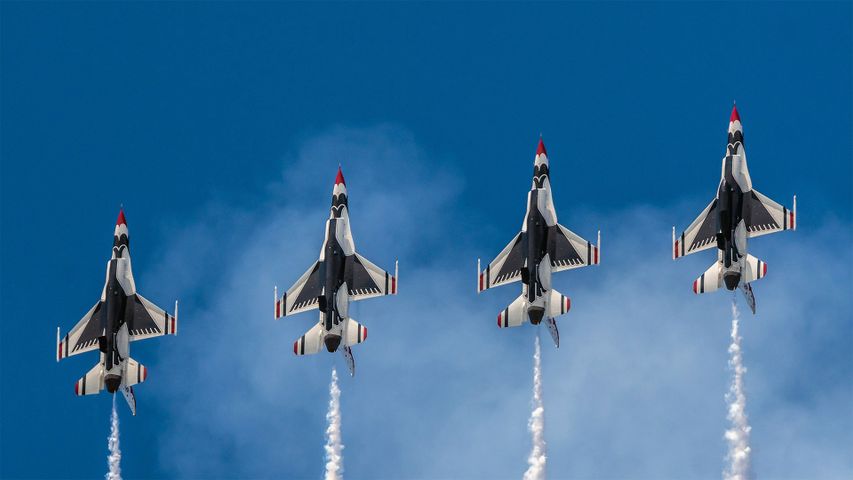 US Air Force Thunderbirds perform over Hampton, Virginia
US Air Force Thunderbirds perform over Hampton, Virginia
 NASA astronaut works on the International Space Station during a spacewalk in 2006
NASA astronaut works on the International Space Station during a spacewalk in 2006
 The Albuquerque International Balloon Fiesta runs until October 14
The Albuquerque International Balloon Fiesta runs until October 14
